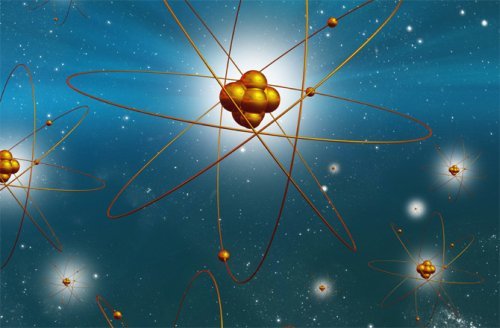How to determine the valence electrons of vanadium
What are valence electrons? One atom can interact with other atoms. As a result, chemical bonds are formed. The electrons involved in the formation of chemical bonds are called valence electrons.
An atom, like our solar system, has the following structure: in the central part there is a nucleus, and electrons move nearby. The size of the nucleus is very small, even though it contains the entire weight of the atom. Which electrons interact more easily? It is easy to figure out that those that are located at the farthest distance from the nucleus. Their location is the outer electron shell.
Let's turn to Mendeleev's Table of Chemical Elements. For example, let's look at the 3rd period. We carefully move through the table, considering the elements in the main subgroup. We have the chemical element sodium. Its outer shell has one electron involved in the formation of chemical bonds. So it's a univalent electron.
Next, consider magnesium alkali. Its outer shell contains 2 electrons, which means it is divalent. Aluminum on the outer shell has 3 electrons, which means it is trivalent.
Silicon valence electrons have 4 electrons in their outer shell. Phosphorus is able to form different types of bonds, for example, the phosphorus anhydrite molecule contains 5 elements on the shell, it is pentavalent.
In a similar way, we can determine how many valence electrons does Vanadium have. It turns out 23 pcs.
The sulfur molecule is also multivalent, the highest valency is 6. The same situation is with chlorine: if we take hydrochloric acid, then chlorine in it is monovalent, if we take chlorine, it is seven-valent.
You need to use the rule: to determine the valency of an element in the main subgroup, you need to look at the group number and the number of electrons in the outer shell.
